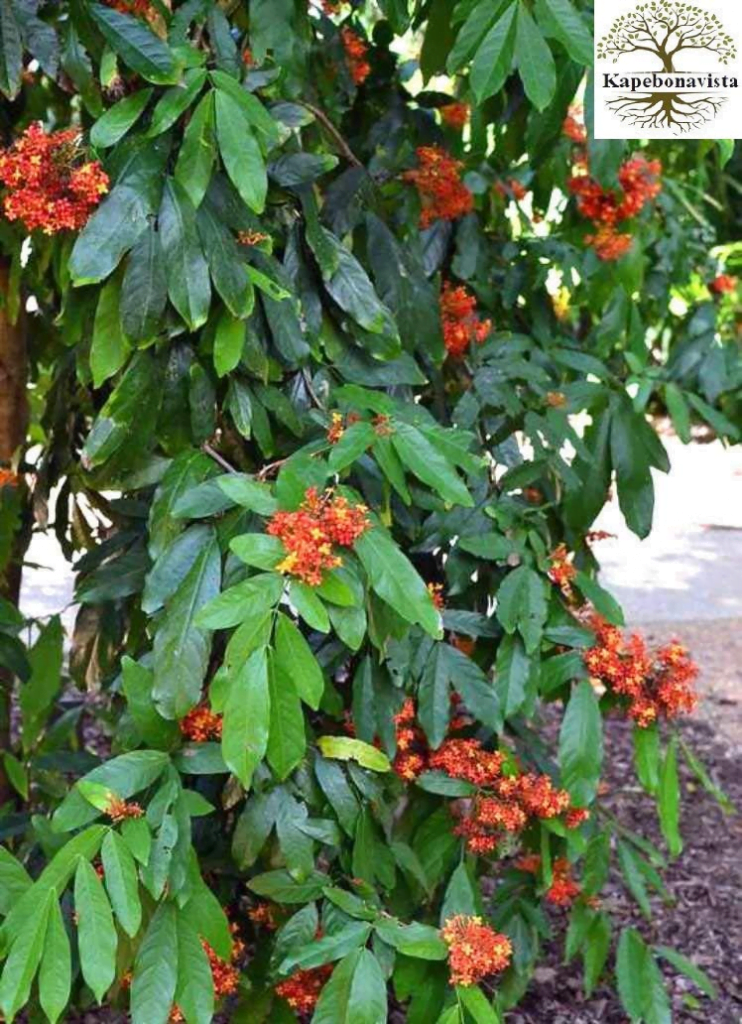
Common Name: Sita Ashok Tree
Botanical Name: Saraca Asoca
Hindi Name: Sita Ashok
Marathi Name: Ashok
Family: Fabaceae
The Sita Ashok tree, scientifically known as Saraca asoca, is a small to medium-sized evergreen tree that holds cultural and religious significance in India. It is named after the legendary character Sita from the Hindu epic Ramayana. The Sita Ashok tree is native to the Indian subcontinent and is found in various regions across the country.
The Sita Ashok tree is admired for its ornamental beauty and therapeutic properties. Here are some notable features:
1. Cultural Significance: The Sita Ashok tree is associated with the legend of Sita, the consort of Lord Rama. It is believed that during her captivity, Sita found solace and took shelter under the shade of the Ashok tree. As a result, the tree is considered sacred and symbolizes love, devotion, and feminine power.
2. Ornamental Beauty: The Sita Ashok tree is known for its attractive flowers, which bloom in vibrant shades of orange, red, and pink. These flowers add a splash of color to the surroundings and are highly valued for their aesthetic appeal.
3. Medicinal Properties: Various parts of the Sita Ashok tree, including the bark, leaves, flowers, and seeds, have been traditionally used in Ayurvedic medicine. They are known for their medicinal properties and are used to treat various ailments, including menstrual disorders, dysentery, diarrhea, and skin conditions.
4. Menstrual Health: The Sita Ashok tree is particularly renowned for its effects on women’s health. It is believed to have hormonal balancing properties and is used to regulate menstrual cycles, alleviate menstrual pain, and support overall reproductive health.
5. Anti-inflammatory and Analgesic Effects: The bark and leaves of the Sita Ashok tree possess anti-inflammatory and analgesic properties. They are used in traditional remedies to reduce inflammation, relieve pain, and promote healing.
6. Environmental Benefits: Sita Ashok trees contribute to the environment by providing shade, improving air quality, and enhancing the beauty of landscapes. They are often planted in gardens, parks, and religious sites for their aesthetic value and environmental benefits.
The Sita Ashok tree’s cultural significance, ornamental beauty, and medicinal properties make it a cherished and revered tree in India. Its association with feminine power and its therapeutic effects on women’s health have earned it a special place in traditional medicine and cultural practices.
